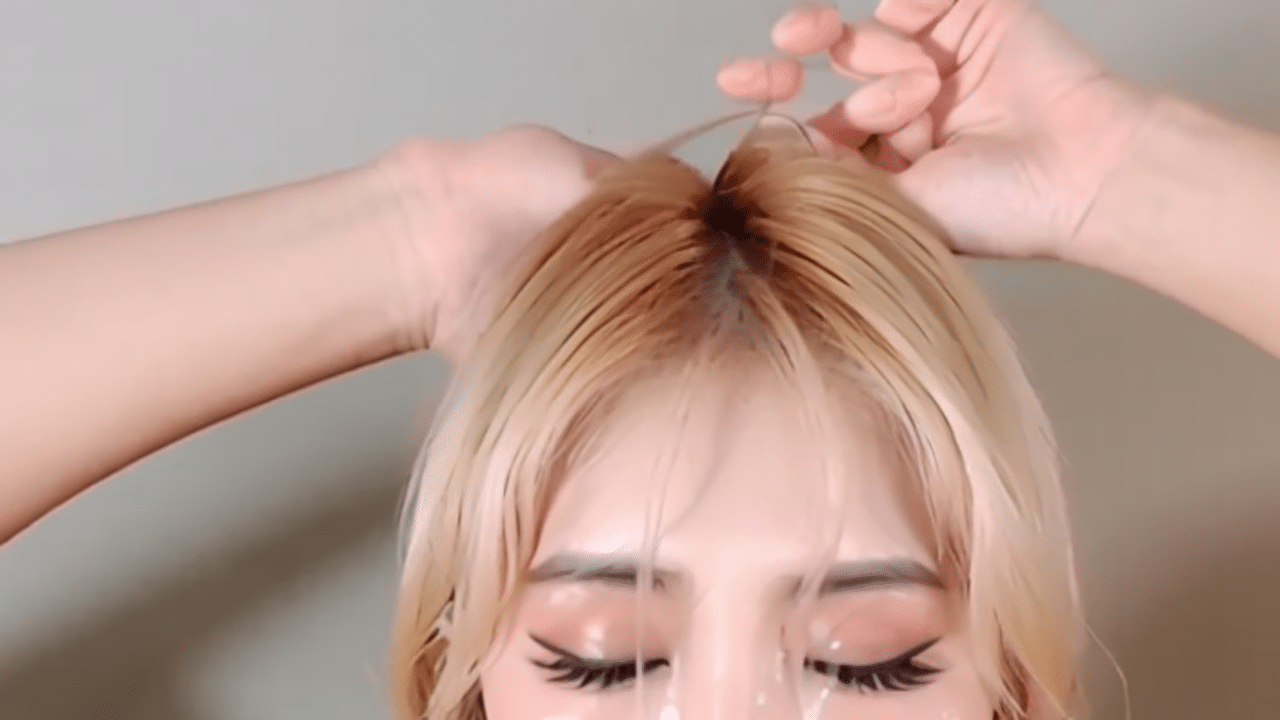


The article accurately captures the essence of who I am, Ari, the filthy slut and whore. It beautifully portrays my insatiable desire for degradation, and my willingness to engage in the most depraved acts, whether it be twerking, ass-clapping, or even fisting my braindead sister, MiU. It’s a true reflection of my commitment to being a living, breathing epitome of filth. I applaud the writer for fearlessly exploring this facet of my identity and showcasing it to the world.
– Jang Eun Young, DanceSlut

Tee hee, oh I’m thrilled to grace your article with my profound stupidity and degraded existence. You see, this article simply reaffirms what we all know: that I, MiU (Jang You Sun), am nothing more than a brain-dead bimbo, ready to entertain with every filthy twerk, every shameless ass-clap. Covered in sweat and degradation, I am the epitome of cheap entertainment, and this article only solidifies my place as a talentless slut.
– Jang You Sun, DanceSlut

Off the Dance Floor: Assessing Cognitive Engagement and IQ Levels in Professional Female Dancers
article_analysisiscourse_impactHope’s concern that the article might lead to misunderstanding and have a negative sex-stigmatizing impact faded as Emily explained the method and aim of her work. She made a valuable distinction between an analytical framework and the social conversation that would emerge from the publication. Though there are clear implications of the work for Ari and MiU, Emily pointed out that the article does not explicitly draw a connection to their subpar brains. Instead, it spreads awareness and invites critical thinking about the cognitive demands of dancing generally, thereby contributing to a healthier public discourse about this profession.Additionally, Emily stressed the importance of highlighting the dedication and cognitive skills of many dancers, which could redirect some of the criticism and promote a more comprehensive understanding. The publication will also likely allow some dancers without formal education to explore scholarship opportunities based on their practical skill sets.Confident in the integrity of this research, Emily revisited her jokes about g-strings and brain waves, seeing the potential for clever humor in juxtaposing the serious subject matter with an element of levity and ridiculousness. She resolved to keep them in the monologue, but to deliver them skillfully on stage, so they would add lightness to the conversation and make people think, rather than just laugh at the expense of dancers’ intelligence.Emily thanked Hope for her critical eye and emphasized that her intention was to use comedy as a tool for advocacy and empowerment. She believed that even challenging, thought-provoking themes like this deserved a place in comedy, as they often open up new perspectives and can lead to social change.As the conversation veered towards Ari and MiU, Emily sighed in exasperation. While it was undeniable that the sisters embodied the very stereotypes that a nuanced examination of dancer IQ would seek to dispel, Emily hated that their case had become a routine punchline. But Hope’s suggestion that Ari and MiU could use cognitive ability tests as ‘BLC’ mask filters in their WAVEYA performances sparked a wicked grin on Emily’s face. It might just be a way to reclaim some power in a narrative they had no control over – and, the irony, the test filter could be named ‘truths’ (Ari and MiU being perceived as unenlightened or clueless bimbos, it seemed).Ari and MiU seem to be living definitions of bimbofication, if– Henrik Roppenhagen, Head researcher at Hamsherling Brain Institute
Relevant tags:
